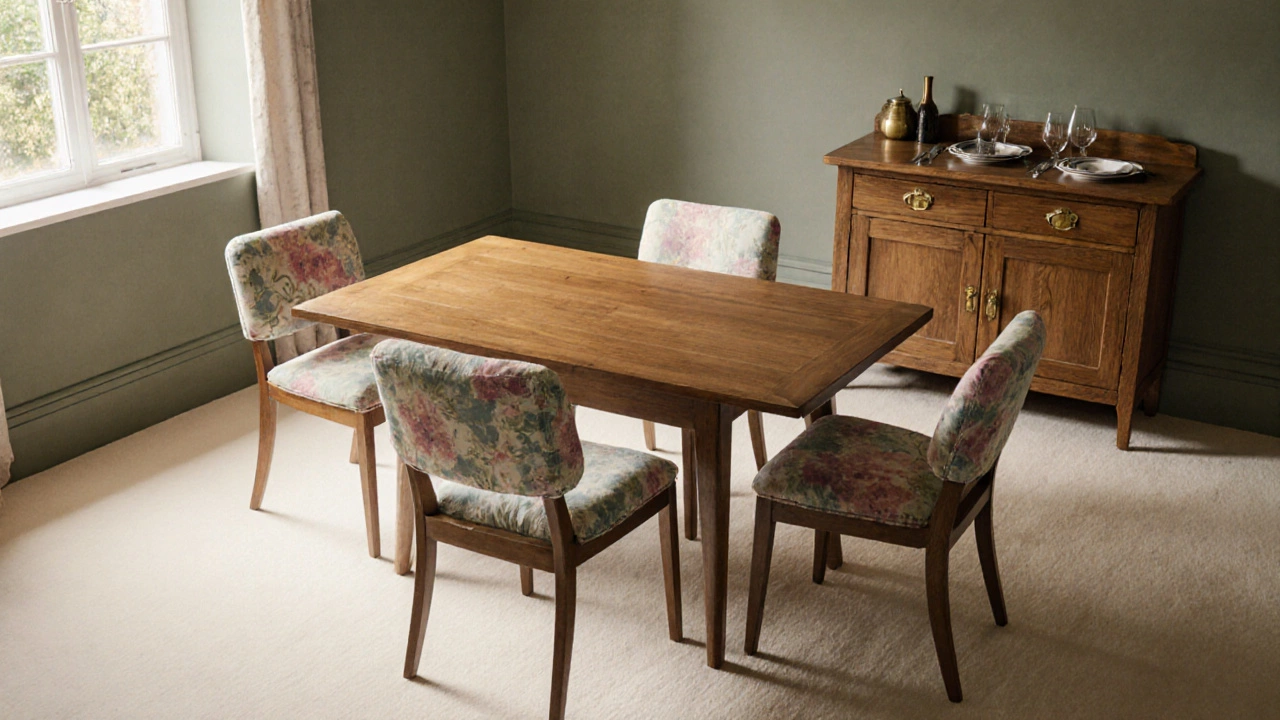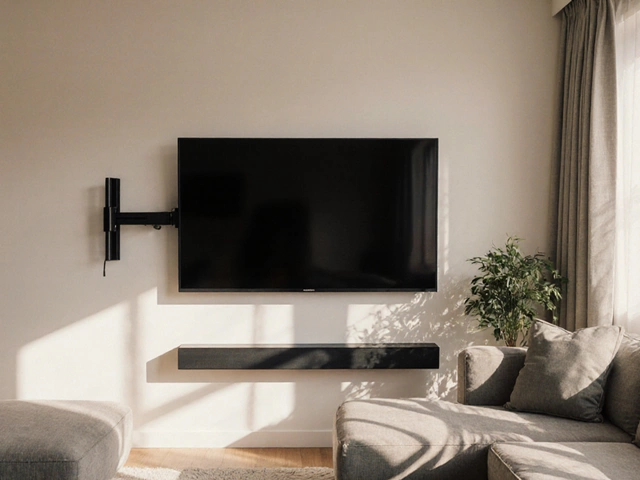Dining Chairs: Choosing Comfort and Style for Your Home
When styling dining chairs, seating designed for the dining area that balances comfort, style, and function. Also known as dining seat, they shape how a meal space feels and works.
The dining chairs you pick don’t exist in a vacuum – they belong to the wider dining room, the central gathering place for meals, conversation, and family moments. A well‑thought‑out layout lets chairs flow around the table, keeps traffic clear, and makes the room feel inviting. That’s why understanding the room’s shape, traffic patterns, and lighting is the first step before you even look at chair style.
Key Factors: Material, Comfort, and Design
Material matters. Whether you opt for solid wood, sleek metal, or upholstered fabric, each chair material, the substance that builds the seat, legs, and backrest brings its own durability score, maintenance routine, and visual vibe. Hardwood offers timeless warmth and can be refinished, metal adds industrial edge and easy cleaning, while plush cushions deliver a soft touch but may need re‑upholstering over time.
Comfort isn’t just about a padded seat. Ergonomic design, the study of how furniture supports the body during use influences how long guests stay relaxed during dinner. Look for a slight lumbar curve, a seat height that matches your table (usually 18‑20 inches), and a backrest angle around 95‑110 degrees. These attributes reduce strain and keep conversation flowing.
Style ties everything together. Mixing light and dark elements can create depth – think a light oak table paired with dark leather chairs. Contrast works when you keep proportions balanced; a bulky armchair might overwhelm a petite round table, while slender metal chairs can make a large table feel airy. Designers often pair a statement chair with simpler companions to add visual interest without clutter.
Space planning is the bridge between chair choice and room flow. In a small dining area, stackable or fold‑away chairs free up floor space when not in use. For larger rooms, consider a bench on one side to encourage a communal feel and free up seats for extra guests. Adding a rug sized to contain the table and chairs helps define the zone and adds a layer of texture.
Lighting plays a subtle but powerful role. Pendant lights hung directly above the table create a focal point and guide eyes toward the dining surface. Ensure the light hangs high enough (about 30‑36 inches) so it doesn’t glare into eyes or knock over a chair back. Complementary wall sconces or floor lamps can soften shadows, making the chairs feel more inviting.
Maintenance tips keep your chairs looking fresh. For wood, wipe with a dry cloth weekly and use a wood‑friendly polish quarterly. Metal frames benefit from a quick wipe with a damp cloth and a dry polish to prevent rust. Upholstered seats should be vacuumed regularly, and any spills treated immediately with a mild cleaner to avoid stains.
Finally, think about the story you want your dining chairs to tell. Are you going for a rustic farmhouse vibe, a sleek mid‑century modern look, or a bold contemporary edge? Your choice of material, color, and shape will echo that story throughout the room. By aligning chair style with the overall theme, you create a cohesive space that feels intentional.
Below you’ll find a curated selection of articles that dive deeper into each of these aspects – from layout tricks that fill empty space in a dining room, to how mixing light and dark furniture can transform the vibe. Browse the list to pick up actionable tips, real‑world examples, and expert advice that will help you pick the perfect dining chairs for your home.






